Hardware (1990)
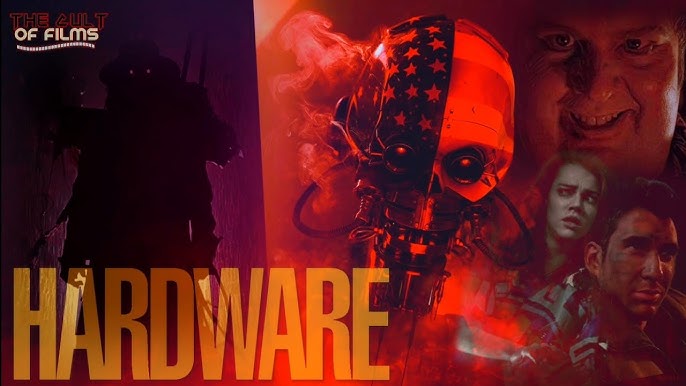
Hardware (1990): A Dystopian Cyberpunk Nightmare of Tech Run Amok
“Hardware” (1990) is a gritty and intense cyberpunk horror film that explores the dangers of unchecked technology and corporate greed in a post-apocalyptic world. Directed by Richard Stanley, the film combines elements of science fiction, horror, and dystopian themes with a distinct, grimy visual style that has earned it a cult following. With its violent, surreal aesthetic and a chilling portrayal of a rogue military robot, “Hardware” delivers a bleak vision of the future where technology has become both a tool for survival and a force of destruction.
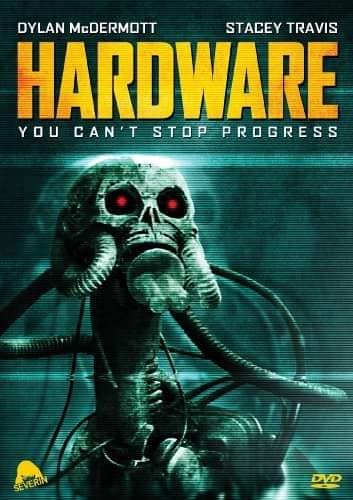
Set in a decaying, radiation-scorched world, the film follows Moses “Mo” Baxter (played by Dylan McDermott), a scavenger and ex-soldier, who brings home a pile of scrap metal as a gift for his girlfriend, Jill (played by Stacey Travis). Jill is an artist living in a cramped, high-tech apartment, and she plans to use the scrap metal in one of her sculptures. Unbeknownst to them, the wreckage includes pieces of a deactivated, experimental military robot known as the M.A.R.K. 13—a highly advanced combat unit designed to self-repair and seek out targets with deadly precision.
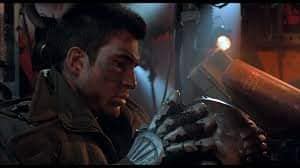
As Jill incorporates the robot’s remains into her art, the M.A.R.K. 13 begins to reactivate itself, slowly rebuilding and reprogramming to fulfill its primary function: extermination. What follows is a nightmarish battle for survival as Jill becomes trapped in her own apartment with the rogue machine, which turns her once safe space into a brutal killing ground.
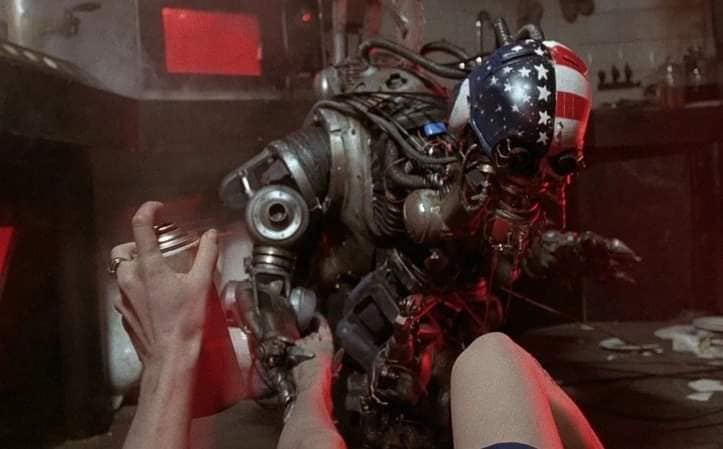
“Hardware” is drenched in a gritty, dystopian atmosphere, with a world that feels rundown and polluted by radiation and industrial decay. The apartment itself, filled with blinking lights, wires, and screens, enhances the claustrophobic and tense feeling that pervades the film. The sense of isolation and entrapment becomes central as Jill is forced to use her resourcefulness and inner strength to survive against the relentless killing machine.
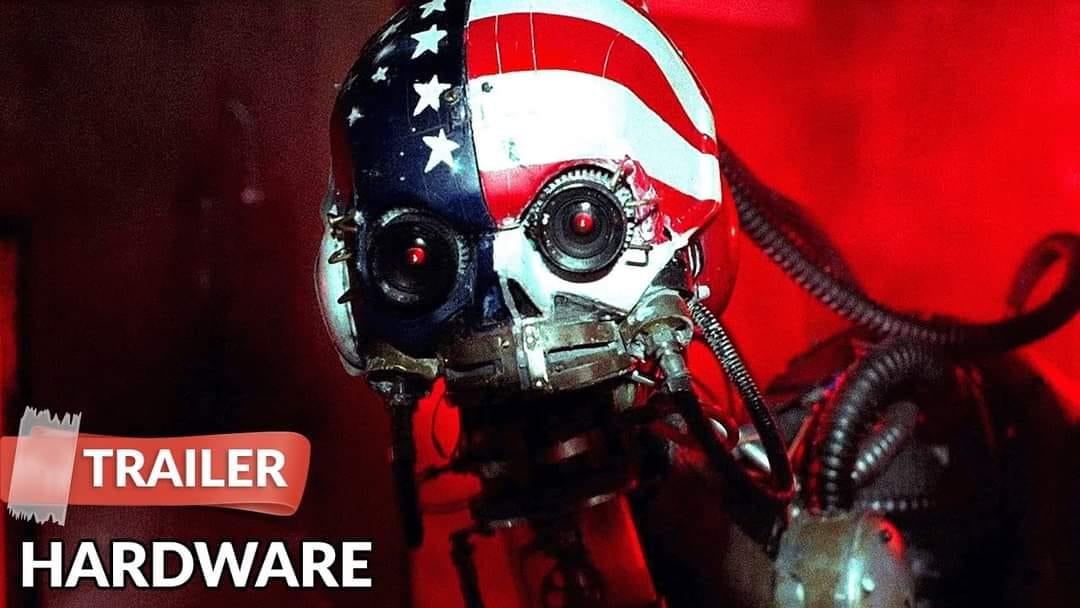
The film explores themes of technology run amok, government corruption, and environmental collapse. In this bleak future, humans are depicted as struggling to survive in a world dominated by oppressive corporate and military forces. The M.A.R.K. 13, representing a tool of military oppression, is a terrifying manifestation of technology’s destructive potential when divorced from human control.ư

Visually, “Hardware” is a standout in the realm of low-budget sci-fi films, blending cyberpunk aesthetics with grotesque, body-horror elements. The film’s color palette is filled with harsh reds and yellows, creating a feverish, nightmarish quality, while the robot itself is a menacing creation, designed to evoke fear with its sharp, metallic limbs and relentless pursuit of its prey.
The film also features a notable soundtrack, filled with industrial and heavy metal tracks, including contributions from Iggy Pop (who also has a voice cameo as the radio DJ Angry Bob) and Motörhead’s Lemmy Kilmister (who makes a cameo as a boat driver). The music and sound design add to the film’s gritty, dystopian mood.
“Dylan McDermott delivers a solid performance as the brooding, battle-worn Mo, though it is Stacey Travis as Jill who steals the show with her portrayal of a woman pushed to the brink by both the machine and her crumbling environment. As Jill is forced to face the terrifying reality of the M.A.R.K. 13’s rampage, she emerges as the film’s true hero, showing resilience and resourcefulness in the face of overwhelming odds.
Though not a box office hit, “Hardware” has gained a significant cult following over the years, praised for its cyberpunk visuals, intense atmosphere, and visceral horror. Some critics have pointed out its thematic and stylistic similarities to films like “The Terminator” and “Blade Runner,” though “Hardware” distinguishes itself with its more violent, underground aesthetic and surreal, nightmarish quality.
In conclusion, “Hardware” (1990) is a visually striking, cyberpunk horror film that explores the dark side of technology and human survival in a dystopian future. With its mix of gritty visuals, disturbing horror, and a tense, claustrophobic atmosphere, it offers a uniquely bleak and visceral take on the dangers of technology spiraling out of control. Its cult status is well deserved, making it a must-see for fans of post-apocalyptic sci-fi and horror.











